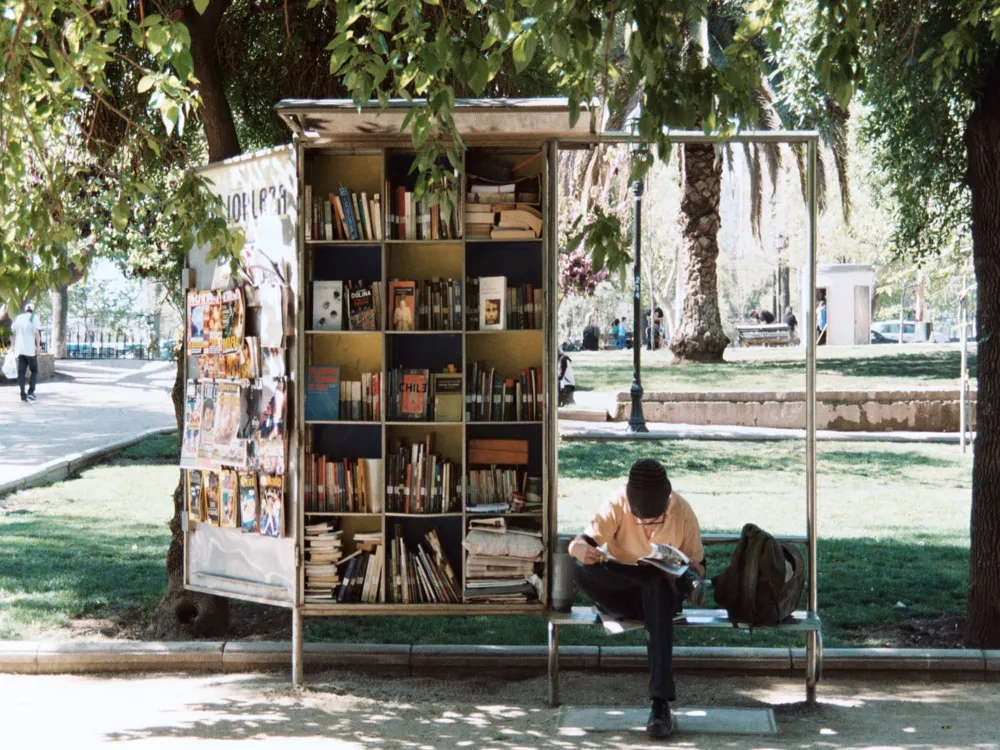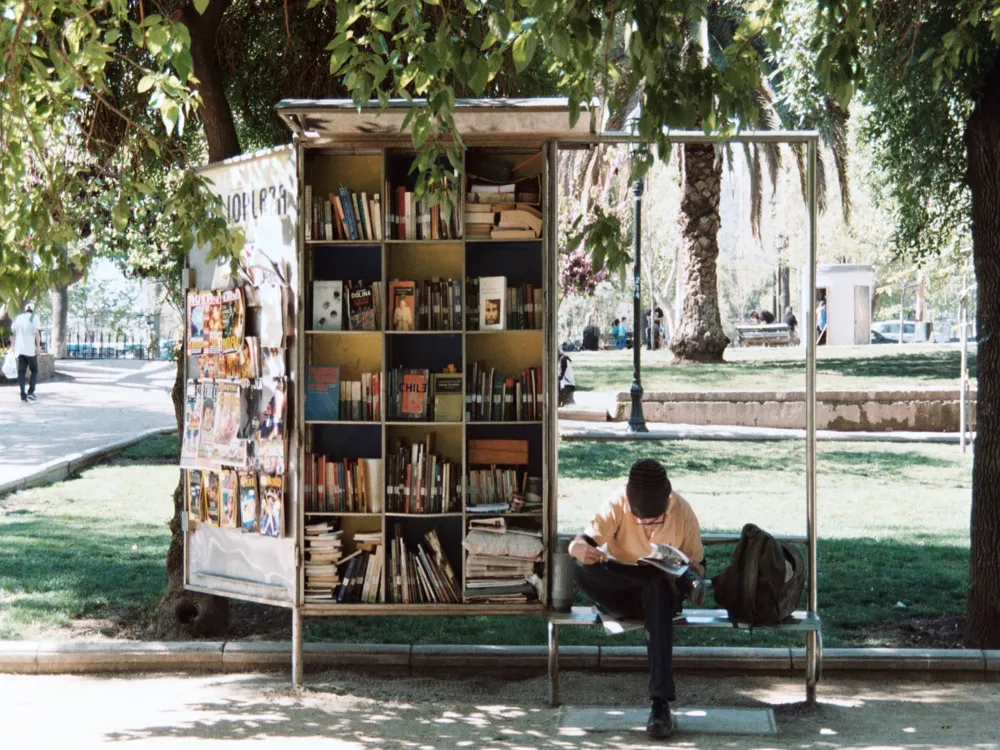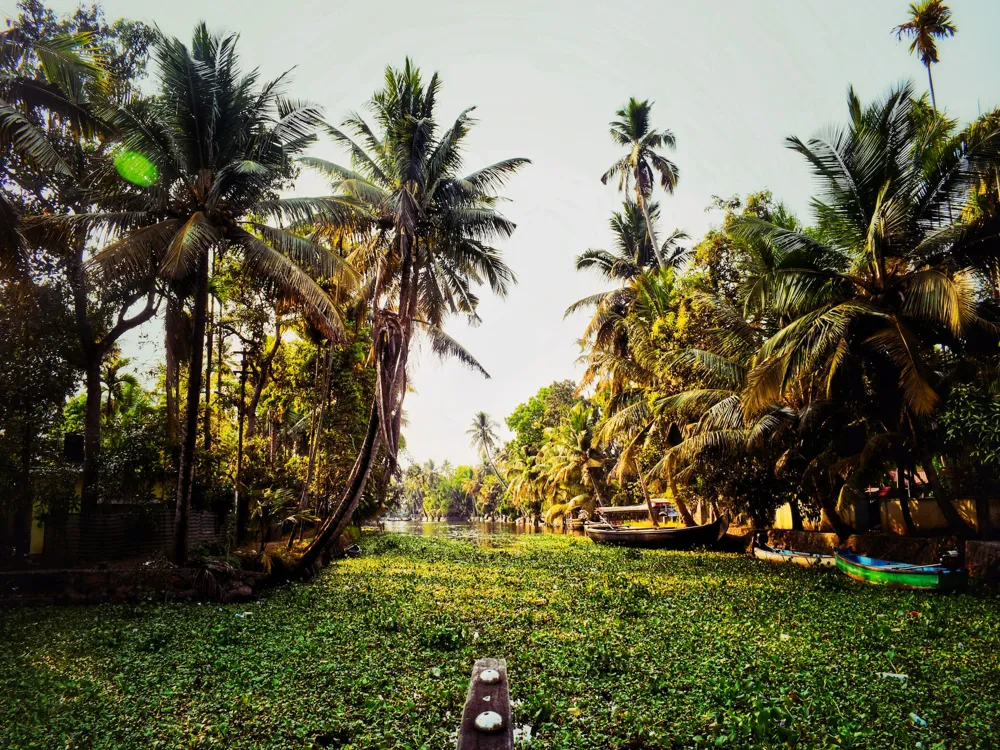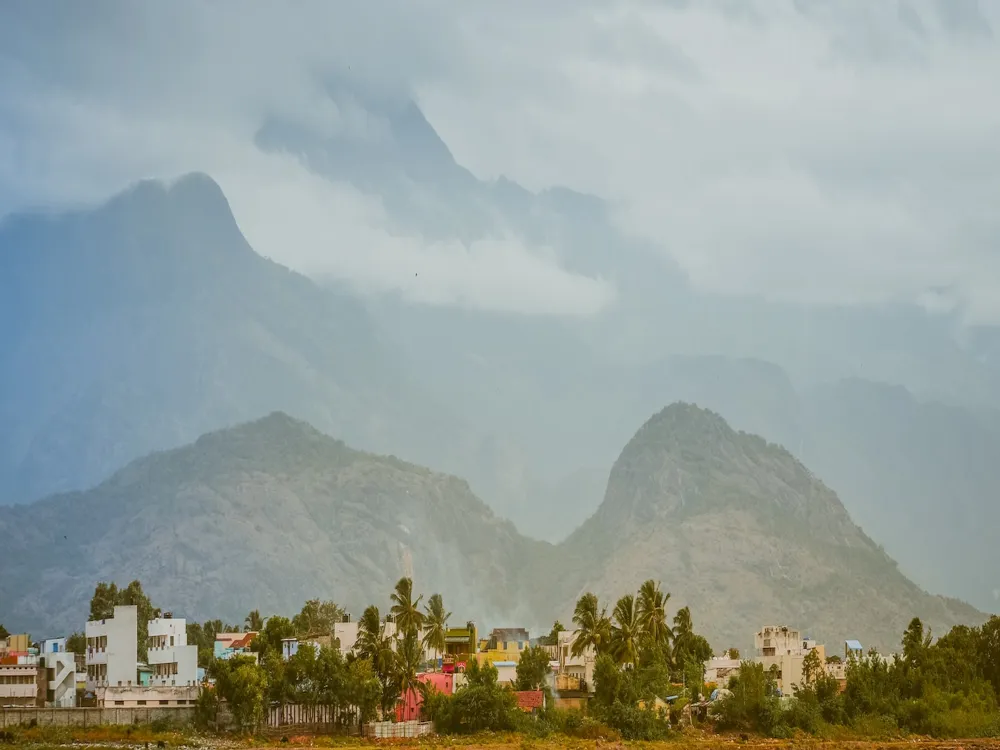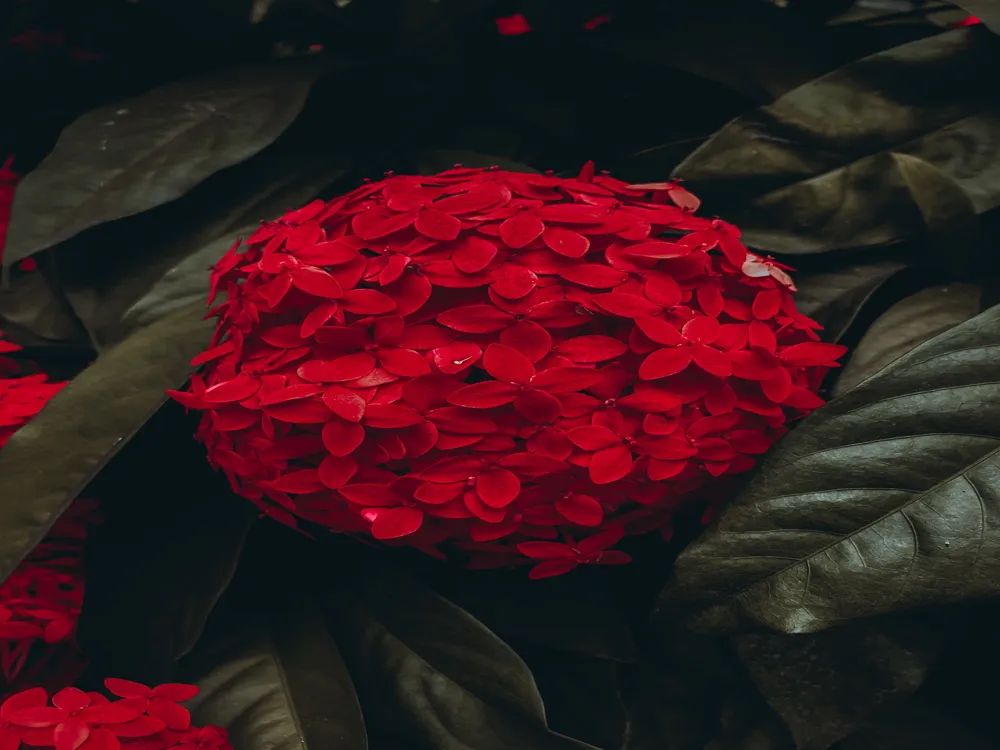Christ The King Church, a significant landmark in Kodaikanal, Tamil Nadu, stands as a testament to the rich cultural and religious tapestry of the region. This church is not just a place of worship but a beacon of history and architecture, attracting numerous visitors each year. The church's origins date back to the early 20th century, closely linked to the colonial era of India. Its establishment was a response to the growing Christian community in Kodaikanal, which needed a place for spiritual solace and community gatherings. As you approach the church, you are greeted by its serene ambiance, nestled amidst the lush green landscapes of Kodaikanal. The church, over the years, has become more than a religious site. It represents the harmony and diversity of Kodaikanal, where people from different cultures and backgrounds come together. The church's role in the local community has evolved, hosting various cultural and social events, making it a pivotal part of Kodaikanal's social fabric. Visitors to the church are not just on a spiritual journey but also on a cultural exploration of this quaint hill station. Continuing its journey through history, the church has witnessed and adapted to numerous changes. It has seen the transformation of Kodaikanal from a quiet retreat to a bustling tourist destination. Despite these changes, the church has maintained its tranquil aura and continues to be a sanctuary for peace-seekers. Its architecture, which we will delve into, stands as a witness to the artistic and cultural influences over the decades. The Christ The King Church is not just a building; it's a narrative of faith, resilience, and unity, standing proudly as a crown jewel of Kodaikanal. The Christ The King Church is a marvel of architectural brilliance, blending various styles and influences to create a unique structure. At first glance, the church's architecture is a harmonious fusion of traditional Gothic and colonial styles, a reflection of its historical context. The Gothic style is evident in its pointed arches, ribbed vaults, and flying buttresses, creating an aura of medieval European churches. This style, known for its grandeur and verticality, brings a sense of awe and reverence, fitting for a place of worship. However, the colonial influence is not far behind. The simplicity and functional aspects of the church, like its spacious interiors and large windows, are a nod to the colonial era of its construction. These features not only add to the aesthetic value but also serve practical purposes. The large windows ensure ample natural light, creating a warm and welcoming atmosphere inside the church. The church's facade, with its detailed stonework and elegant proportions, speaks volumes about the craftsmanship of the era. As you move inside, the church's interior is a blend of solemnity and splendor. The altar, with its intricate woodwork and artistic embellishments, is the focal point of the interior. The stained glass windows, depicting various biblical scenes, add a kaleidoscope of colors, enhancing the spiritual ambiance. The ceiling, with its wooden beams and detailed carvings, adds to the church's rustic charm. Every element of the church's architecture, from the smallest carving to the grand arches, is a testament to the artistic and cultural influences that shaped it. The church's architecture is not just about aesthetics; it's about creating a space that elevates the spiritual experience. The acoustics of the church, designed to enhance the sound of hymns and prayers, create a mesmerizing auditory experience. The layout of the church, with its aisles and pews, is designed to bring the community together, fostering a sense of belonging and unity. The church, in its architectural splendor, is a space where art, culture, and spirituality converge, creating a haven for both believers and admirers of art. Visitors should remember that Christ The King Church is a place of worship. Dress modestly, speak softly, and maintain a respectful demeanor during your visit. While photography may be allowed, it's important to check for any restrictions. Avoid flash photography, especially during services, as it can be disruptive. The church is most serene during early mornings or late afternoons. However, check the church's schedule as it may be closed to tourists during services or private events. Take your time to appreciate the church's architectural details. Notice the stained glass windows, the intricate woodwork, and the overall Gothic and colonial influences. If you wish, you can participate in the church's services. It's a great way to experience the local culture and the church's spiritual ambiance. Christ The King Church is easily accessible from various parts of Kodaikanal. If you are staying in the town, the church is a short walk from most central locations. For those staying farther away, local taxis and buses are available. The church is well-known, so most local drivers are familiar with the location. If you are driving, there is parking available near the church. The church's central location in Kodaikanal also makes it a great starting point for exploring other nearby attractions. Read More:Overview of Christ The King Church, Kodaikanal, Tamil Nadu
Architecture of Christ The King Church
Tips When Visiting Christ The King Church
Respect the Sanctity of the Church
Photography Guidelines
Best Time to Visit
Exploring the Architecture
Participate in Services
How To Reach Christ The King Church
Christ The King Church
Kodaikanal
Tamil Nadu
NaN onwards
View kodaikanal Packages
Weather :
Tags : Church & Cathedral
Timings : 6:30 AM - 12:00 PM, 3:00 PM - 8:30 PM
Time Required : 1-2 hours
Entry Fee : No entry fee
Planning a Trip? Ask Your Question
Kodaikanal Travel Packages
View All Packages For Kodaikanal
Top Hotel Collections for Kodaikanal

Private Pool

Luxury Hotels

5-Star Hotels

Pet Friendly
Top Hotels Near Kodaikanal
Other Top Ranking Places In Kodaikanal
View All Places To Visit In kodaikanal
View kodaikanal Packages
Weather :
Tags : Church & Cathedral
Timings : 6:30 AM - 12:00 PM, 3:00 PM - 8:30 PM
Time Required : 1-2 hours
Entry Fee : No entry fee
Planning a Trip? Ask Your Question
Kodaikanal Travel Packages
View All Packages For Kodaikanal
Top Hotel Collections for Kodaikanal

Private Pool

Luxury Hotels

5-Star Hotels

Pet Friendly










